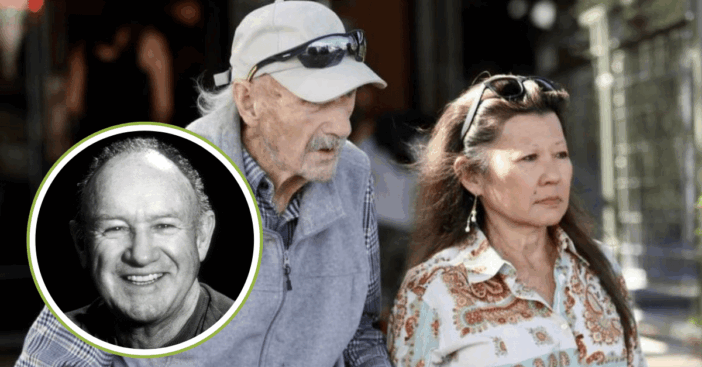
Two months after the passing of Gene Hackman and his wife, Betsy Arakawa, the final autopsy has been released by New Mexico’s Office of the Medical Investigator. The couple’s sudden deaths raised concern, prompting a criminal investigation and a deeper look into their medical history and living conditions.
Authorities found Hackman and Arakawa dead in their Santa Fe home on February 26, after being alerted by long-time contractor Jesse Kesler. Initial examinations showed no indication of external trauma, though their advanced states of decomposition prompted a full forensic analysis. Now, conclusive medical evidence has been made public.
Gene Hackman’s autopsy report reveals severe cardiovascular and neurological conditions
View this post on Instagram
According to the report, Hackman died with extensive cardiovascular disease and had a history of congestive heart failure, aortic valve replacement, and evidence of coronary artery stents. The actor also had a bi-ventricular pacemaker installed in 2019 and had suffered multiple prior heart attacks, which were noted in the autopsy findings.
Microscopic examination of Hackman’s brain confirmed he had advanced-stage Alzheimer’s disease. The report also stated he had severe hypertensive changes in his kidneys and signs of atherosclerosis. His toxicology screening revealed markedly high levels of acetone, most likely due to fasting or diabetic ketoacidosis.

Betty Arakawa’s cause of death is alarming
Arakawa reportedly died of hantavirus pulmonary syndrome, a rare disease brought about by exposure to rodent feces. The New Mexico Department of Health confirmed she had exhibited flu-like symptoms prior to her death. Investigators found internet searches on COVID and flu symptoms on her personal devices.

Documents showed Arakawa sought medical attention before her death and even emailed her massage therapist discussing Hackman’s recent COVID test. The discovery of advanced decomposition in both bodies initially led to suspicion; however, medical examiners ultimately found no evidence of external trauma or foul play, closing the criminal aspect of the case.
